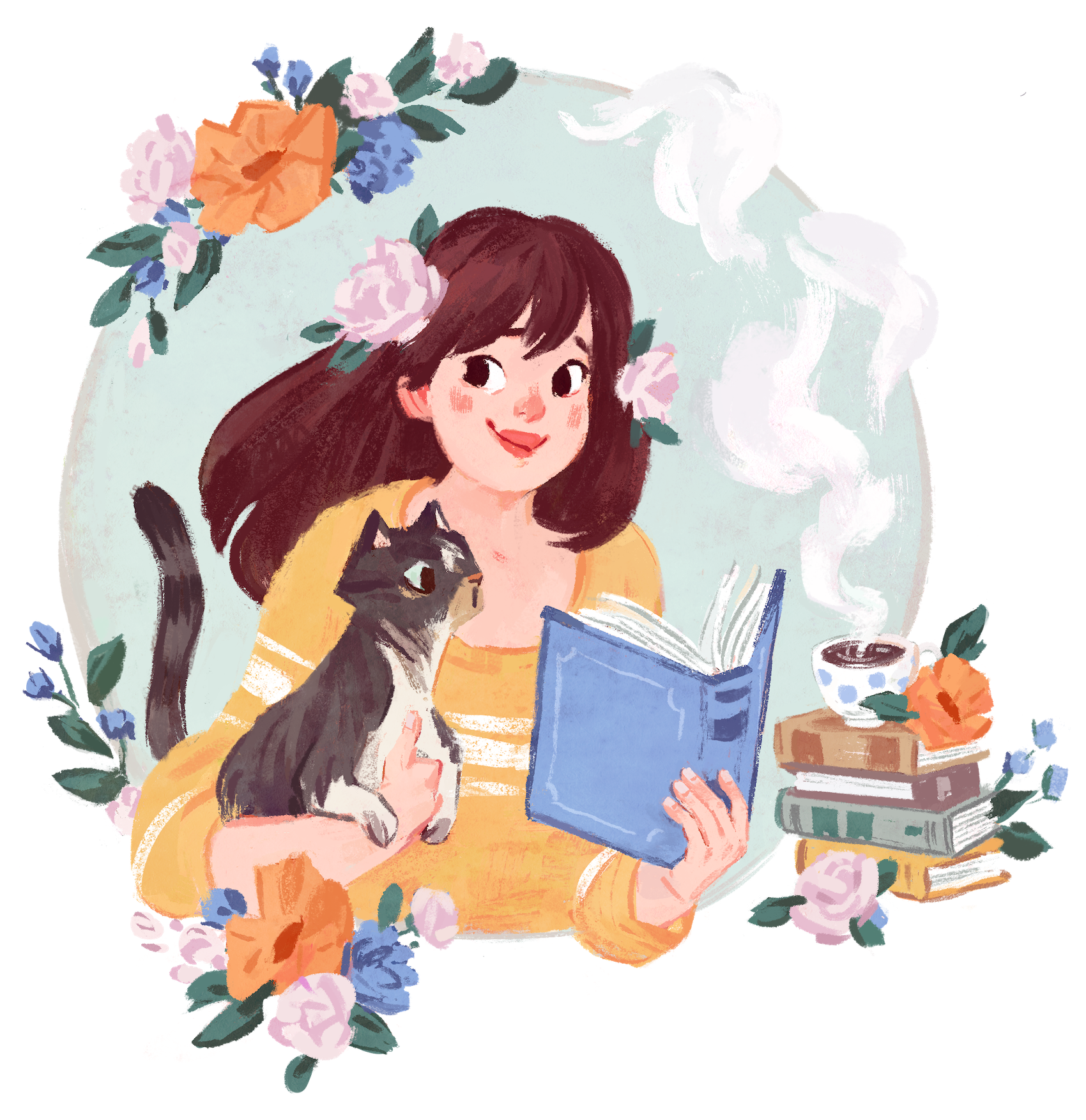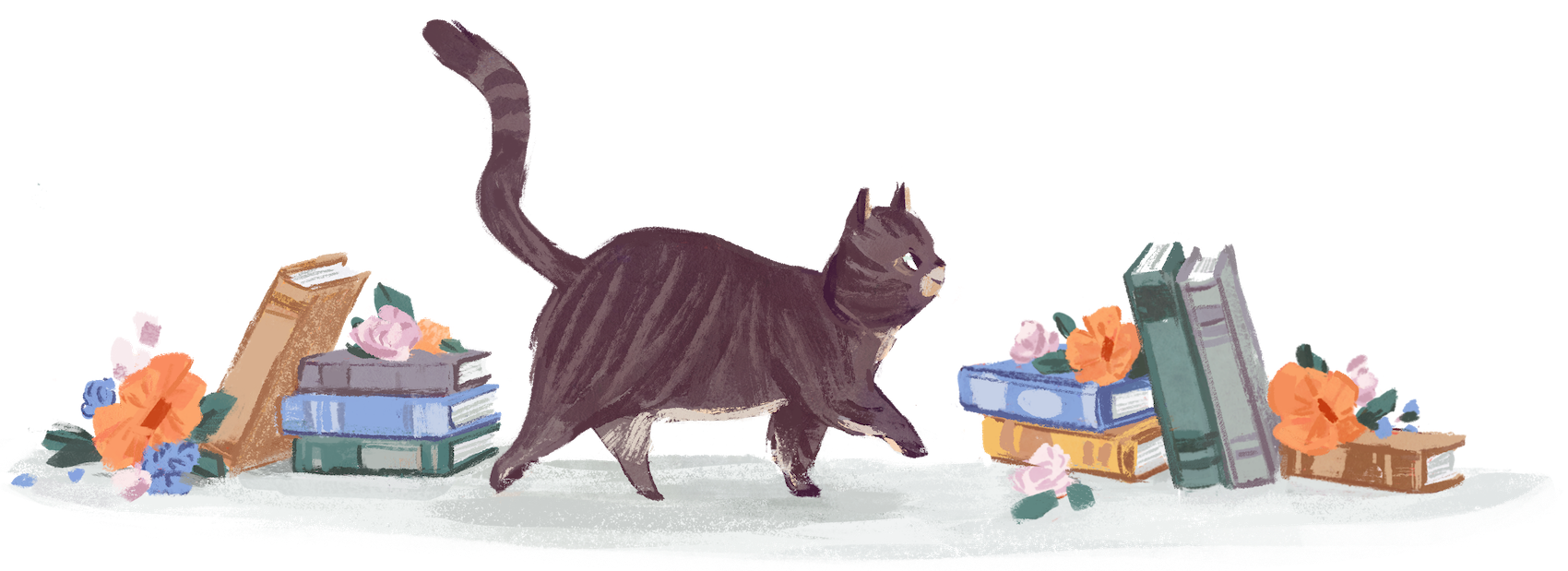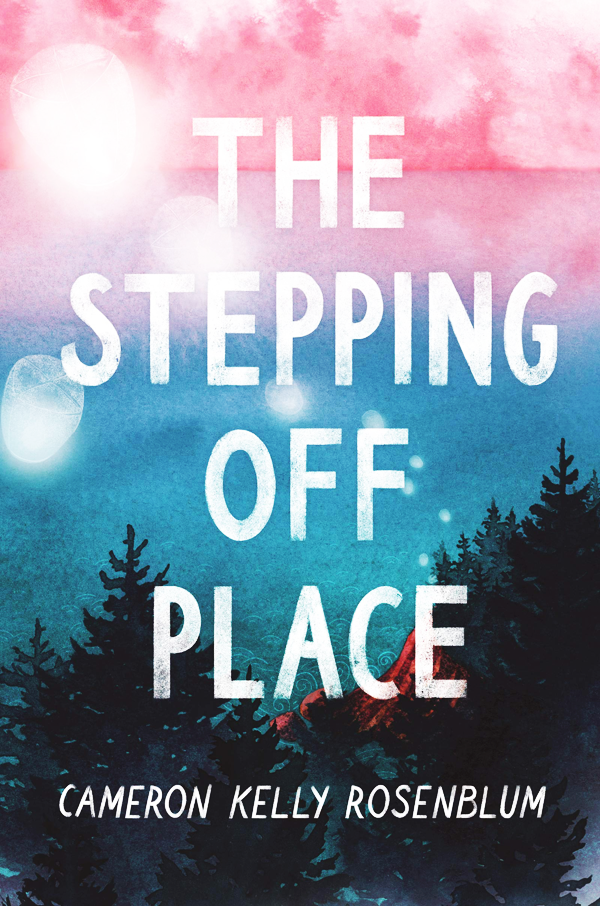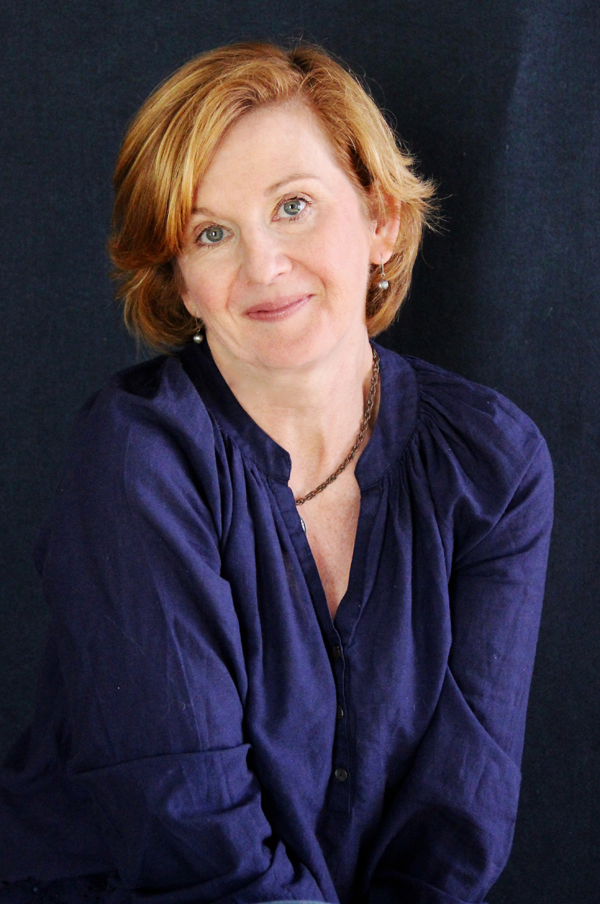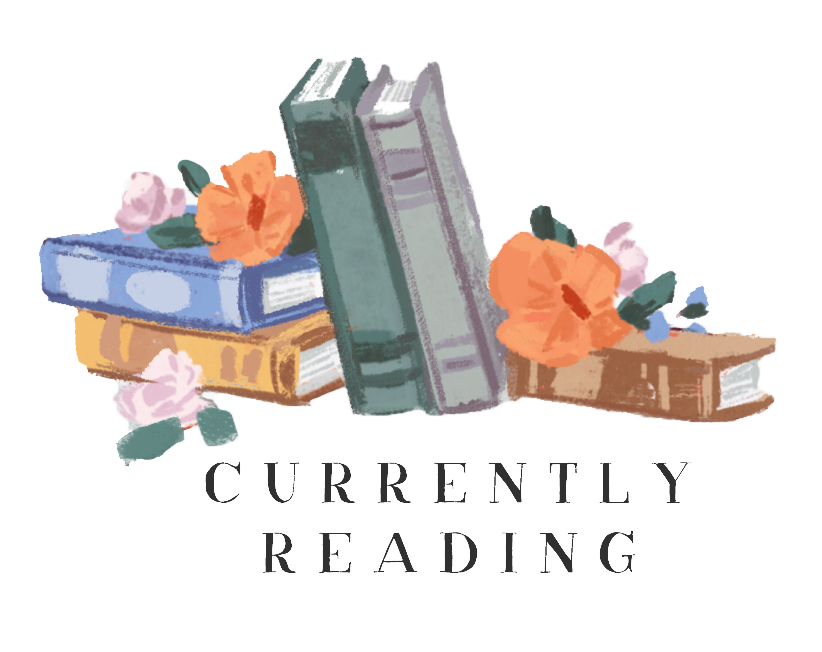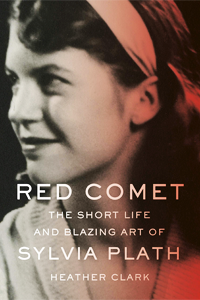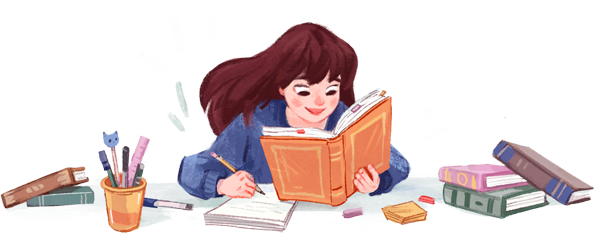
Please Note: I received a physical review copy and was monetarily compensated in exchange for reviewing the book below, composing an interview with the author and the creation of a custom wallpaper. I promise that this compensation in no way affected my opinions or review.

Title The Stepping Off Place
Author Cameron Kelly Rosenblum
Pages 480 Pages
Target Audience Young Adult
Genre & Keywords Contemporary, Realistic Fiction
Publication Date July 28th 2020 by Quill Tree Books
Find It On Goodreads ● Amazon ● Chapters ● The Book Depository ● Barnes & Noble ● IndieBound
From debut author Cameron Kelly Rosenblum comes a stunning teen novel that tackles love, grief, and mental health as one girl must process her friend’s death and ultimately learn how to stand in her own light. Perfect for fans of All The Bright Places and We Were Liars.
It’s the summer before senior year. Reid is in the thick of Scofield High’s in-crowd thanks to her best friend, Hattie, who has been her social oxygen since middle school.
But summer is when Hattie goes to her family’s Maine island home. Instead of sitting inside for eight weeks, waiting for her to return, Reid and their friend, Sam, enter into a pact — to live it up, one party at a time.
But days before Hattie is due home, Reid finds out the shocking news that Hattie has died by suicide. Driven by a desperate need to understand what went wrong, Reid searches for answers.
In doing so, she uncovers painful secrets about the person she thought she knew better than herself. And the truth will force Reid to reexamine everything.

About Cameron Kelly Rosenblum
Cameron Kelly Rosenblum grew up in Connecticut. She studied English literature at Kenyon College and earned a master’s in education at Lesley University. Her time as a teacher and children’s librarian inspired her to write for young people. The Stepping Off Place is her debut novel. Cameron lives near Portland, Maine, with her husband, son, daughter, two dogs, and a cat.

1. Hi, Cameron! Thank you so much for joining me on Pop! Goes The Reader today. From The Ingenious Gentleman Don Quixote of La Mancha to The Legend of Sleepy Hollow, literary references abound in The Stepping Off Place! What books and/or authors do you feel have inspired or influenced your life or your writing in a positive way?
Hi, Jen! I’m so excited to be here. Thank you for having me.
This is a great question. I’m definitely the product of a liberal arts education — English major, Art History concentration. I have always loved books that incorporate works of art, beginning with From The Mixed-up Files of Mrs. Basil E. Frankweiler. I’m also thinking of Jandy Nelson’s I’ll Give You the Sun, or books like The Girl With The Pearl Earring. I loved all the real musical references in Rainbow Rowell’s Eleanor & Park. Cultural references make books feel more realistic — we have something in common with the characters. My characters are fully aware of their pop culture, too: bring on Scooby-Doo, Flat Stanley, and Johnny Depp. Don Quixote and Sleepy Hollow have duos that mirrored Hattie and Reid – Don Quixote and Sancho Panza, The Headless Horseman and Ichabod Crane. I loved working those classics into the book.
As a children’s librarian, I’m inspired and influenced by book creators every day. I’ve read aloud hundreds of books. It’s really developed my ear for the rhythm of language. Candace Fleming and Anika Aldemuy Denise books have a beautiful cadence. I adore Mac Barnett’s storytelling instincts — he is funny but also strikes a deeper chord that taps into childrens’ fears and vulnerabilities. They can’t get enough of it. Lynda Mullaly Hunt and Jennifer Jacobson can write with humor in one sentence and make your heart lurch for the tenderness of the next. I can’t explain how illustrators shape my stories, but I know Christian Robinson’s art makes me swoon. In The Stepping Off Place, the chapter involving a mounted otter and Reid’s brother Spencer is 100% resultant of Zach Ohora’s reading Stop Snoring, Bernard (who is an otter) when he visited our school. Oh, and then there are my YA heroes: John Green, Angie Thomas, Julie Berry, E.Lockhart, Kim Savage, and Jandy Nelson. The Fault In Our Stars was my gateway drug to YA and directly influenced my decision to start writing it.
2. The Stepping Off Place is your debut young adult novel. I think there can be a great deal of mystery and glamour surrounding the publishing industry because there’s much that people who haven’t experienced it firsthand might not know. What have been some of the best and/or most difficult moments in your journey to publication? Are there any words of wisdom you could offer to prospective authors or those preparing for the publication of their own debut novel?
I’m pretty early on the trajectory (I hope) to be any kind of sage, but I can share what I’ve learned. (Cue Tom Petty’s, The Waiting Is the Hardest Part.) Oh, those days of sending out queries and sitting on pins and needles for weeks or months — torture! I do not miss that. My journey to the contract was long, and that’s because when I started, I wrote middle grade. I joined SCBWI (Do this, writers!) and went to a ton of conferences and retreats, meeting amazing creative people and great friends. My problem was, I took advice from every professional I met. I slowly let my vision slip away in favor of pleasing each agent or editor, turning that MG manuscript into Frankenbook — a stitched together mess with an identity crisis. I finally accepted it was time to put it away and try something new. I shifted to YA, and everything felt more natural. That’s when the full requests started coming from agents. I learned to trust my gut through Frankenbook, may it rest in peace.
So my advice? Read. Be brave. Accept it may take longer than you want it to. Find a network of writer friends you trust and have fun with — you’ll spend a lot of time together. Join SCBWI and go to conferences and retreats, or take classes online at the Manuscript Academy. It’s important to understand the industry, or you risk sounding naive in your pitches and query letters. Finally, always be respectful and kind to everyone you meet in children’s publishing, because a) you can’t have too many friends in this life, and b) it’s actually a smaller network of people than it may seem.
3. The Stepping Off Place is told through two alternating timelines, before and after the death of Reid’s best friend, Hattie. Did you always envision crafting the novel in this way and, given the complex nature of the various timelines and flashbacks, can you speak to your experience writing The Stepping Off Place?
Yes, I always wanted to tell The Stepping Off Place out of order. Honestly, I think that’s how we experience life, and especially grief. There is the present moment happening in real time, but we bring to this moment everything that has come before it in our lives — our relationships with our family, friends, our sense of self, our place in the world. After a loss, we are flooded with memories of our loved one. That’s what the first page of the book is about. “You don’t have your memories, your memories have you.” We naturally start to value some moments over others, to see significance in places where before we saw none. I wanted TSOP’s narrative style to embody all of that.
As for crafting it, it was a challenge! I’m sure my patient editor Karen Chaplin would agree. If we altered a plot point during revisions, it wasn’t just a domino effect – it was an echo effect, bouncing off walls everywhere in the canyon. God bless the copyeditors. To keep track of the different timelines, I used scads of color-coded Post-its and a giant whiteboard in my office. (Blogger’s note: Click here to see a photo of Cameron’s whiteboard!) I had a to-go version in my writing notebook, perfect for writing retreats. I’m happy with the way the narrative unfolds. I believe it allowed Reid and Hattie’s friendship to take center stage and not the loss itself. That was most important to me, both as an artistic statement and in consideration of how readers experience this story. I wouldn’t want to read a book where the protagonist is sad throughout, with no relief. I didn’t want to write that book, either.
4. Speaking of Reid and Hattie’s friendship, The Stepping Off Place offers a compelling meditation on how much (and often, how little) we know about the people we love most. What are some of your favourite pieces of media (book, film or television) that explore the complicated nature of female friendship?
Thelma and Louise is turning thirty. Has any movie since matched its badass feminist message? Female friendships, complicated or otherwise, are so lacking in the media! Thank God women are gaining power in Hollywood so we’re seeing more realistic female characters. We owe a lot to the funny women — Amy Pohler, Tina Fey, Mindy Kaling. They attract a male and female audience and manage to stay true to the cause of feminism. Mean Girls (I loved the Broadway musical) walks the line between lampooning the popular girl trope and recognizing how easy a trap it is for girls to fall into. If all you ever see is glamorous teen actresses being catty and jealous over love interests, you might internalize that scenario and act it out yourself in high school. But Mean Girls carefully instructs otherwise — while cracking us up. I love love love Kaling’s Netflix series Never Have I Ever. Hilarious, heartbreaking, but most of all real. There are still a lot of horrifyingly stereotypical shows aimed at teens that over-sexualize girls (and boys!), so I’m thrilled whenever I find a defiant one.
5. Mental health, suicide and grief play a fundamental role in The Stepping Off Place as Reid comes to terms with the untimely and unexpected death of her best friend, Hattie, over the course of the novel. What about these particular subjects spoke to you and is there any advice you could offer to young readers grappling with loss and the grieving process in their own life?
I urge anybody troubled by their own mental health or a friend’s to tell someone. Teachers, coaches, therapist/counselors, parents, or any of the resources listed at the end of this post, can serve as lifelines. Depression and related mood disorders are treatable. Reach out for the help!
After the suicide of a lifelong friend, I struggled to make sense of her loss, and so The Stepping Off Place is deeply personal. For me, the hardest thing about being a suicide loss survivor is living with the belief that you didn’t do enough to help your loved one. Guilt, shame, regret — those are crippling emotions to have to navigate for years and years. I wanted to honor that piece for survivors out there, to validate how hard that is. But the best thing we can do is prevent suicide in the first place. As a culture we need to crush the stigma surrounding mental illness. If you’re worried, say something! A simple call or text or question can change everything. In the story, Hattie felt the stigma, and it influenced her choice to hide her symptoms from her best friend. That absolutely DOES NOT discount the love Hattie had for Reid. It absolutely DOES NOT cancel out all the wonderful times they had together, or the strength of their bond. Her mental health struggles are a part of who Hattie is. Reid’s emotional arc is about coming to accept Hattie as a whole person, and also to recognize how important she was to Hattie. Both these things lead Reid to begin her healing. I hope I left the impression that this will be a journey for Reid, not something tied up with a bow on the last page.
6. From fortune telling, ouija boards and Georgia O’Keeffe-inspired cloud formations to Reid continuing to hear words of advice and encouragement from Hattie after the latter’s death, elements of dreams and the fantastical appear to play a prominent role in The Stepping Off Place. Was this a deliberate choice and, if so, how do you see these magical elements intersecting with or complimenting the realistic, contemporary issues the novel explores?
I am so glad you noticed that! At the center of the novel is a really big — ultimately unanswerable — question. Why did Hattie take her own life? Connected to that is perhaps the world’s oldest question: what happens to people after they die? I think for Reid, it’s impossible that Hattie’s indomitable spirit is just gone, poof. So, maybe Reid is imagining Hattie’s appearances to cope with the shocking loss, or maybe she isn’t. Maybe the essence of Hattie sticks around to help Reid. I’m not sure I know the answer myself. To me, our wondering is a piece of our reality; because we don’t know what happens. We hope. At least, I do.
In life, Hattie, is fascinated by anything that reminds her there are forces in nature bigger than herself. She loves wild waves, fast horses, wind-filled sails, fog banks, ghost stories…anything that hints at things we can’t completely harness or explain. She revels in the mystery, because it fires up her adrenaline and inspires her imagination. I guess that’s her way of distracting herself from her illness.
7. As mentioned in the previous question, Reid continues to see and communicate with Hattie after her best friend’s death as a means of remaining connected to her. Is there anyone you no longer communicate with that you wish you could speak to again and, if so, what do you think you’d talk about?
Ooh. I am fortunate to have my parents in good health, but I never knew my mom’s parents — she lost them both as a very young child. I think her dad sounded like a not-so-great guy, but her mom is someone I feel connected to. She was creative and as a teen performed puppet shows for children in her neighborhood. I would love to meet her! My paternal grandmother was a huge part of my life. I actually feel her around me still. She loved singing and dancing, cooking, laughing, and doing things for other people. Talk about a storyteller — she could turn on that Scottish accent in a blink. Always a little irreverent! If we could talk, I’d have her retell all my favorite stories from when she was a little girl growing up in Chicago, or when she was a flapper in the 1920s, or of my dad and his sister as children.
8. For me, The Stepping Off Place is as much a story about self-discovery as it is about the close friendship between Reid and Hattie. Immediately after Hattie’s death, Reid feels lost and alone, unsure of what her life will look like having always defined herself as Hattie’s sidekick. After Hattie’s death, however, Reid is forced to step outside of her comfort zone and in doing so realizes she has a far greater support system and number of people who care about her than she previously realized. Have you ever done something to challenge yourself to step outside of your comfort zone and, if so, was there anyone in your life that you relied on for help and support?
You have stumbled upon, um, the central issue of my life! I had one of my biggest a-ha moments when I uncovered the fact that, not only had I spent much of my life in the sidekick role, but I was so comfortable there, I unconsciously sought it out in many important relationships. My sister is four years older than me, which is nothing now (we’re as close as sisters can be), but in our childhood, I always perceived her as being so much cleverer, funnier, more mischievous and glamorous than me. Of course I idolized her. Many of my tween and teen friendships bore the same hallmark — I felt most comfortable next to the star, slightly out of the spotlight, but close enough to catch the reflected light. Being a mom, and especially a mom to a special needs son (who is a lot like Reid’s brother, Spencer), I couldn’t hide in the shadows anymore. I had to learn to advocate, challenge, and get pushy. I think it’s easier for lots of people to be bold for someone besides themselves. That was true for me, but I’m so grateful that I’ve been forced to grow in this way. I’m so much more confident and trust myself much more. I think writing Reid’s character arc was gratifying, because I gave her that gift of self-knowledge while she is still young.
Thank you so much for these great questions, Jen! You really made me think.
Resources
If you or someone you know is in crisis, help is available. Call the National Suicide Prevention Lifeline at 1-800-273-8255, or go here to chat online. If you live in Canada, call the Kids Help Phone at 1-800-668-6868 or text CONNECT to 686868 to speak to a trained, volunteer Crisis Responder immediately. The latter is free and available 24/7/365 and you can text from anywhere in Canada.

“Our lives are millions of moments strung together. Some are louder or bigger, happier or sadder, simply more demanding of our attention when we look back over the sea of moments that make a life. We don’t remember the events of our own timeline sequentially, from start to finish – not even the funeral for one we love fiercely. Instead, we remember with aching clarity the smell of wooden pews baked by August heat in an airless church. The strangled cough of a grown man pushing away tears. And the slump of a mother’s shoulders. It’s these moments, soldered into our souls, that shape who we become.”
Reid MacGregory has been Hattie Darrow’s sidekick and best friend for nearly six years, the metaphorical Sancho Panza to Hattie’s Don Quixote. The girls are inseparable, and no-one knows Hattie better than Reid. At least, that’s what Reid thinks, until Hattie suddenly and unexpectedly dies by suicide and Reid is left to question everything she thought she once knew about Hattie, their friendship, and herself. Cameron Kelly Rosenblum’s young adult debut, The Stepping Off Place, offers an intimate, unflinching and ultimately hopeful examination of loss, mental illness and the grieving process as Reid attempts to excavate the life – and secrets – of the person she held most dear.
The Stepping Off Place is divided into dual timelines, exploring the events of Reid’s life both before and after Hattie’s death. This was an excellent and effective choice on the part of the author, as it creates a foundation that allows the reader to understand the depth of connection between Reid and Hattie and why Hattie’s death affects Reid so acutely. Crafting the novel in this way also allows Hattie to become a three-dimensional character in her own right. While Hattie’s death prompts Reid to look inward and examine both their friendship and herself in a new light, Hattie is not a facile prop whose only purpose is to act as the catalyst for the protagonist’s growth. We’re given glimpses into Hattie’s thoughtful, loving relationship with Reid’s autistic younger brother, Spencer, and sun-drenched memories of months spent at Hattie’s family’s summer home in Maine. In doing this, Rosenblum presents Hattie as a vibrant, fully-realized girl with memories, insecurities, desires, fears, flaws and dreams of her own. Her purpose and value are not defined by the final moments of her life, nor is she villainized for them. While Reid and others in Hattie’s life initially struggle to understand why Hattie chose to conceal the truth about her bipolar disorder and why her life ended as it did, the novel ultimately (and rightly) presents this as the fault of society’s stigmatization of mental illness and not the fault of Hattie herself.
Rosenblum explores a number of important, relevant topics including mental illness, suicide and grief in a sensitive and empathetic manner and in doing so demonstrates their complexity and nuance. In mourning the loss of her best friend, Reid’s grief causes her to be angry, dismissive, resentful and stubbornly resistant to the love and support of those around her, because to accept this help would be to accept that Hattie is truly gone. The author presents grieving not as a process to be completed and forgotten, but as an ongoing undertaking that requires work, patience and understanding. Everyone in Hattie’s life copes with her loss differently. Not all of these methods of grieving are productive or palatable – at one point Reid becomes convinced that Hattie was murdered because she finds this easier to understand and accept and because investigating gives her a sense of purpose – but it is because of its messy, unflinching, complicated portrayal of grief that the novel is to be commended.
In addition to offering a meditation on loss and grief, The Stepping Off Place also includes a quiet but no less powerful journey of self-discovery and acceptance. Because Reid has long perceived herself as Hattie’s sidekick, Hattie’s death forces Reid to reexamine her life and identity without the person she has used to help her define both. Without her charismatic, outgoing friend by her side, Reid is forced to venture outside of her comfort zone and confront the fears and insecurities that once dictated how she moved through the world. She’s challenged to make new friendships and re-examine old ones and it’s through adversity that Reid begins to realize she has a far greater support system and richer life than she previously imagined possible.
The Stepping Off Place is an intensely moving portrait of grief and healing in the wake of unexpected loss. It’s difficult to believe that this is Cameron Kelly Rosenblum’s debut novel, as the book offers a compelling, intricate and deeply emotional story that suggests a far greater amount of experience and confidence in their craft on the part of the writer than might be expected in an author’s first published work. While some of the subjects explored in the novel, including suicide, mental illness, and questionable consent might prove triggering for some readers and should be approached with caution, those looking for a intense character-driven story that delves deeply into the beauty and complexities of female friendship and challenging contemporary issues relevant to many young readers today won’t go wrong choosing The Stepping Off Place as their next read.

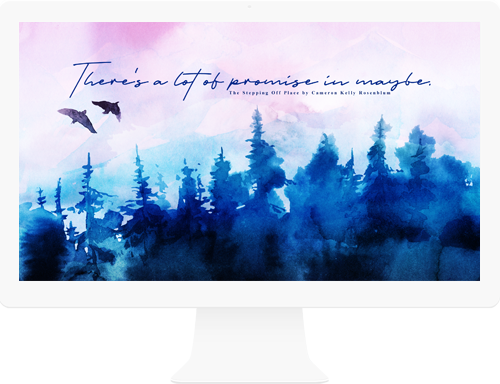
1280×800 » 1440×900 » 1680×1050 » 1920×1200 » 2560×1400 » iPad



